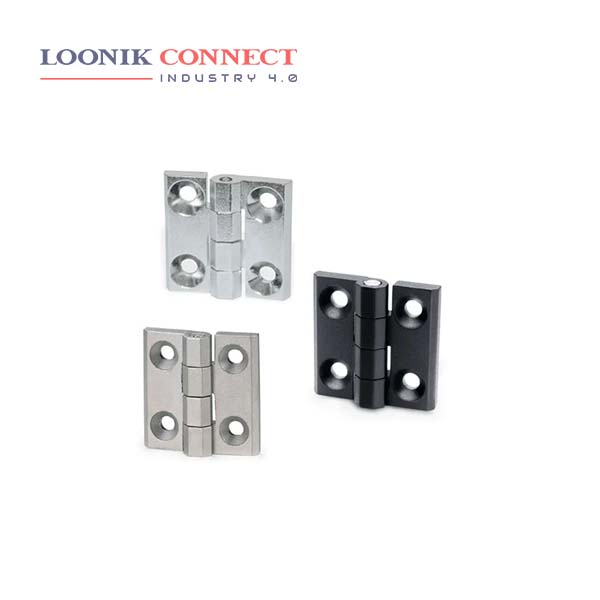Hinges are used to join two parts together, forming a revolute joint between them. Hinges are used to join two parts together while allowing them to rotate relative to each other. They typically have two flat faces, known as leaves. To ensure a peaceful closing of the wardrobe doors, the soft-closing hinges are the right ones to go for. In Ancient Rome, hinges were called cardō and gave name to the goddess Cardea and the main street Cardo. This name cardō lives on figuratively today as “the chief thing (on which something turns or depends)” in words such as cardinal. According to the OED, the English word hinge is related to hang.
Most hinges consist of three basic parts: leafs, a knuckle and a pin. Leafs are the rectangular-shaped plates on the sides of a hinge. A knuckle is a cyldrical-shaped tube that’s created when the leafs are joined together. A pin is a solid metal rod that’s inserted through the knuckle to interlock the leafs. Most homes have a standard sized hinge of 3.5″ x 3.5″ This measurement is from the bottom edge of the hinge to the top end of the hinge, and then from the outside edge to edge when the hinge is open. Exterior doors usually have a 4″ hinge on them, but not always.
Double action hinges are also known as saloon door hinges, café door hinges, double acting hinges, and double swing hinges. No matter the name use the hinges will all achieve the same thing- allowing the doors to swing in both directions and automatically return the doors to the resting position (the center). You should check the diameter of the hole in the door that your current hinge sits in – these are usually 26mm, 35mm or 40mm for larger hinges. It’s important to measure the hole in the door and not the hinge itself as the hinge may be slightly smaller.










